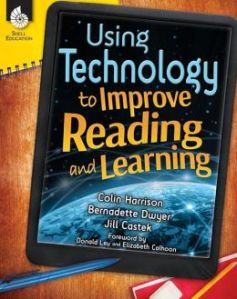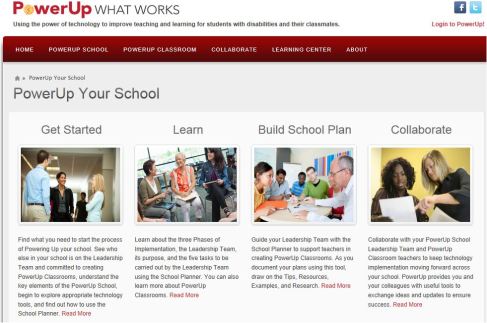by Thomas DeVere Wolsey
During the last year, Dr. Diane Lapp and I had the opportunity to work with several prominent thought-leaders to explore how multiple literacies and multicultural education intersect and promote greater learning and understanding amongst our students. The result, under the guidance of Dana Grisham, was a themed issue of Reading and Writing Quarterly that was just released online. In the introduction, Diane and I wrote, “Digital technology, whose users comprise ever-changing communities, permits previously disconnected worlds to find commonalities and explore differences. Technology has the potential to connect students and educators across cultures, and, at the same time, make it possible for students to participate more fully in their own cultures” (Wolsey & Lapp, 2015, p. 97).

The six articles in the current special issue of Reading and Writing Quarterly each address topics that demonstrate how technology can facilitate learning, build students’ understanding of their culture, and construct bridges across and to other cultures. The table of contents may be found below. Please take a few minutes to visit the special issue on the Taylor and Francis website (preview and abstracts) or through your university electronic library resources.
• Imagining Writing Futures: Photography, Writing, and Technology by Cheryl A. McLean & Jennifer Rowsell
• Fostering Students’ Science Inquiry Through App Affordances of Multimodality, Collaboration, Interactivity, and Connectivity by Richard Beach & David O’Brien
• iPad Deployment in a Diverse Urban High School: A Formative Experiment by Nancy Frey, Douglas Fisher & Diane Lapp
• The Council of Youth Research: Critical Literacy and Civic Agency in the Digital Age by Antero Garcia, Nicole Mirra, Ernest Morrell, Antonio Martinez & D’Artagnan Scorza
• Multicultural Education and Multiliteracies: Exploration and Exposure of Literacy Practices With Preservice Teachers by W. Ian O’Byrne & Shane A. Smith
• A Digital Tool Grows (and Keeps Growing) From the Work of a Community of Writers by Nancy L. Roser, Melissa Mosley Wetzel, Ramón Antonio Martínez & Detra Price-Dennis
Reference:
Wolsey, T.D. & Lapp, D. (2015). Introduction to teachers and students as creators in blended learning environments. Reading and Writing Quarterly, 31(2), 97-101. doi: 10.1080/10573569.2014.963906
Filed under: multimodal, new literacies, technology integration | Tagged: De Vere Wolsey, multicultural education, Multimodal search engines, technology integration, Wolsey | Leave a comment »






